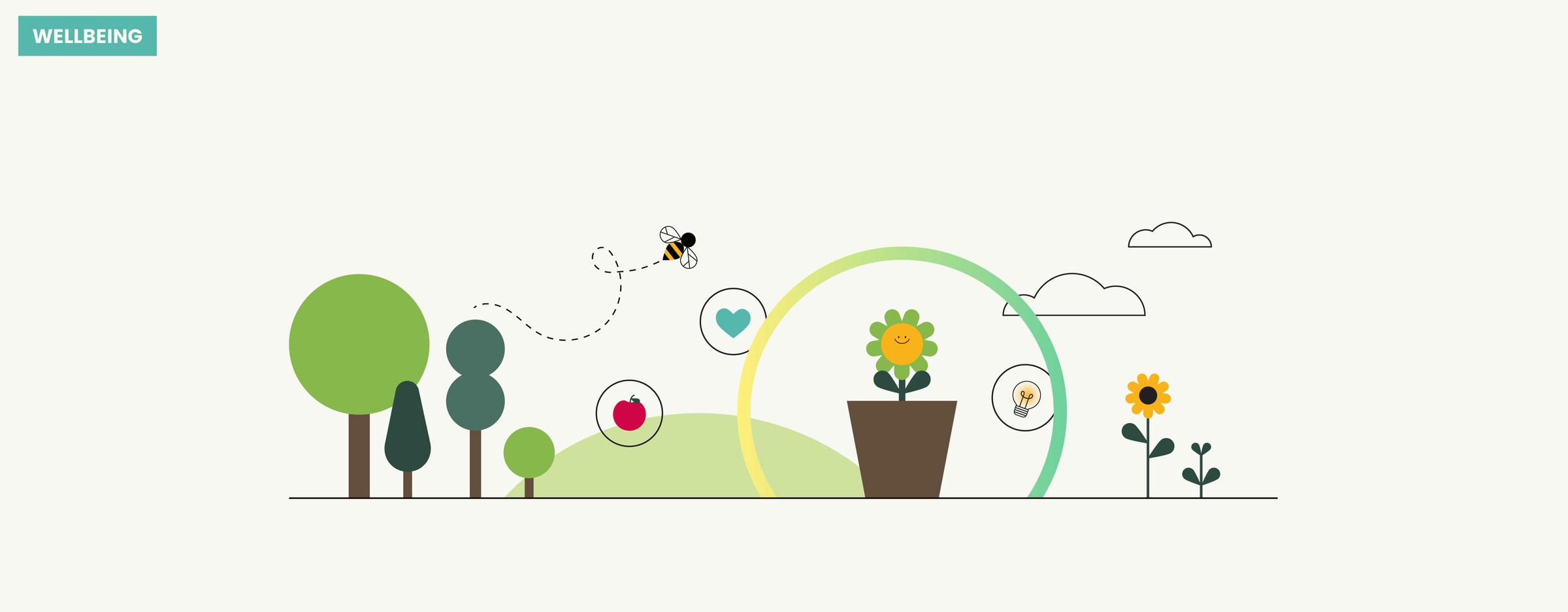Wellbeing

This week is Bullying “No Way” week. Bullying No Way Week is Australia's key bullying prevention initiative for schools. It provides an opportunity for schools to create a shared understanding about bullying behaviours and share their bullying prevention strategies. The national week of action unites government, Catholic and independent schools and their communities across the country. Together, we can foster practical approaches to prevent bullying in Australian schools.
https://bullyingnoway.gov.au/support-and-advice/for-families
Click here for support or advice for our families :)
The theme for 2025 is 'Be bold. Be kind. Speak up.'
It takes courage to spark change.
Bullying is everyone's responsibility. It takes a community to be brave and address bullying behaviours, within and beyond the school gate.
Students can be bold, kind and take a stand to support others being bullied. While parents and teachers are there to support children and young people learn how to behave in a positive way.
In our community and in our school, we want a place where everyone can belong, a place that celebrates everyone, and where bullying is never accepted.
This Bullying No Way Week, we're asking students, schools, families and communities to be bold and say something, be kind and support someone, and be proud to take a stand against bullying.
Bullying is usually described by the types of behaviours involved, so we talk about verbal, social and physical bullying. Bullying is sometimes also labelled by where it occurs or by what type of harm is done. These words can be used alone or in combination. It can be confusing! The most common ways that bullying is described are outlined below. Type of behaviour – verbal, social and physical There are three types of bullying behaviour:
Verbal bullying which includes name calling or insulting someone about physical characteristics such as their weight or height, or other attributes including race, sexuality, culture, or religion Physical bullying which includes hitting or otherwise hurting someone, shoving or intimidating another person, or damaging or stealing their belongings.
Social bullying which includes consistently excluding another person or sharing information or images that will have a harmful effect on the other person.
If any of these behaviours occur only once, or are part of a conflict between equals (no matter how inappropriate) they are not bullying.
Verbal, physical and social bullying can occur in person or online, directly or indirectly, overtly or covertly.
In person and online Bullying can happen in person or online settings. Online bullying is sometimes called cyberbullying. Verbal, physical and social bullying can happen in person. Verbal and social bullying can happen online, as can threats of physical bullying. Specific features of online settings create additional concern for students, parents and carers, and teachers. For example, bullying someone online can potentially have an enormous audience. Research shows that children who are bullied online are often also bullied in person. This means that effectively dealing with online bullying means looking at other situations as well. Means – direct and indirect
Direct bullying occurs between the people involved, whereas indirect actions involve others, for example passing on insults or spreading rumours.
Indirect bullying mostly inflicts harm by damaging another's social reputation, peer relationships and self-esteem.
Koorie Corner:
Our Koorie children collaborated together to create our new Tarneit Rise Primary School acknowledgement to country! Below is our new school Acknowledgement to country. A special mention to Aurora Burns who spent extra time creating this piece.

